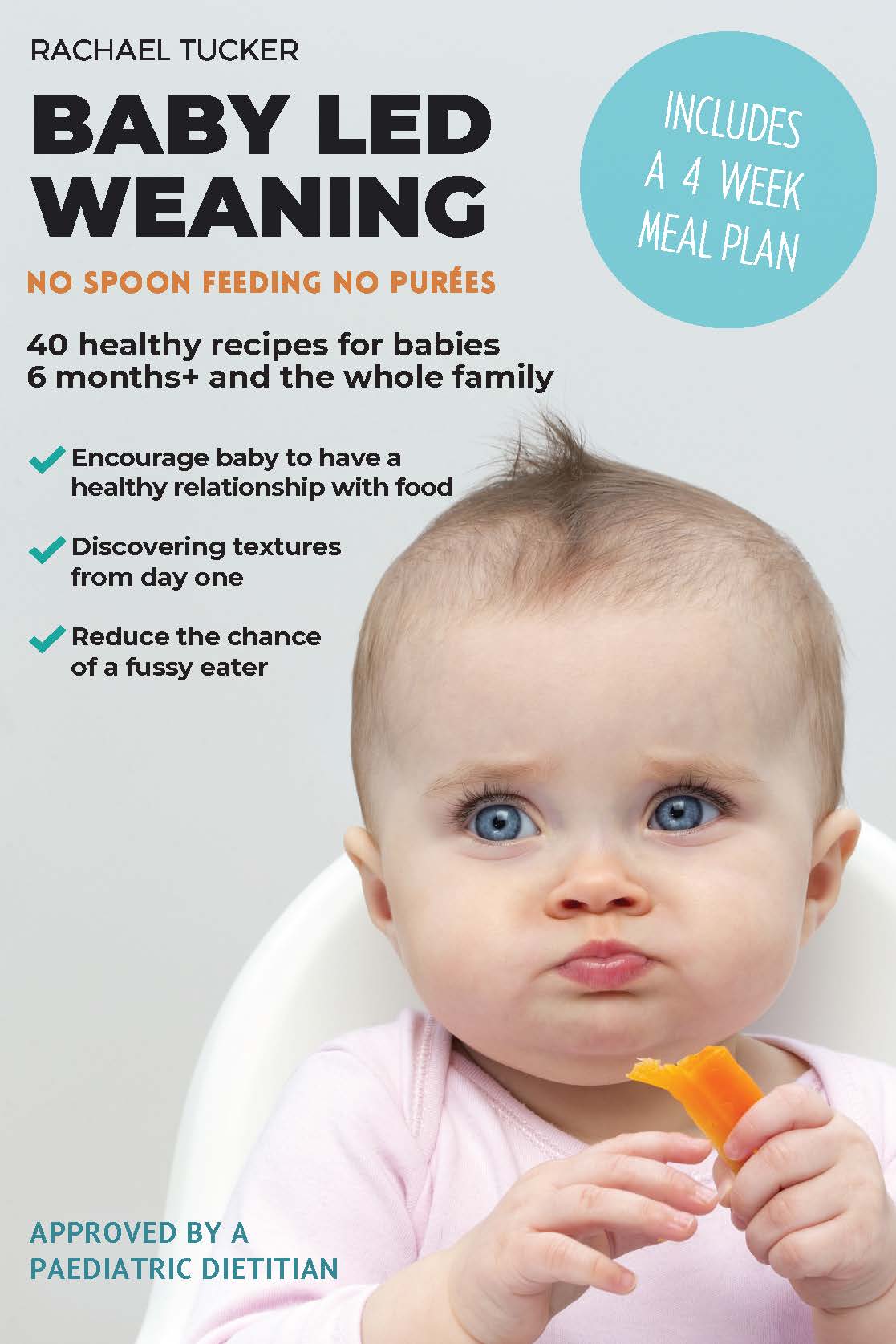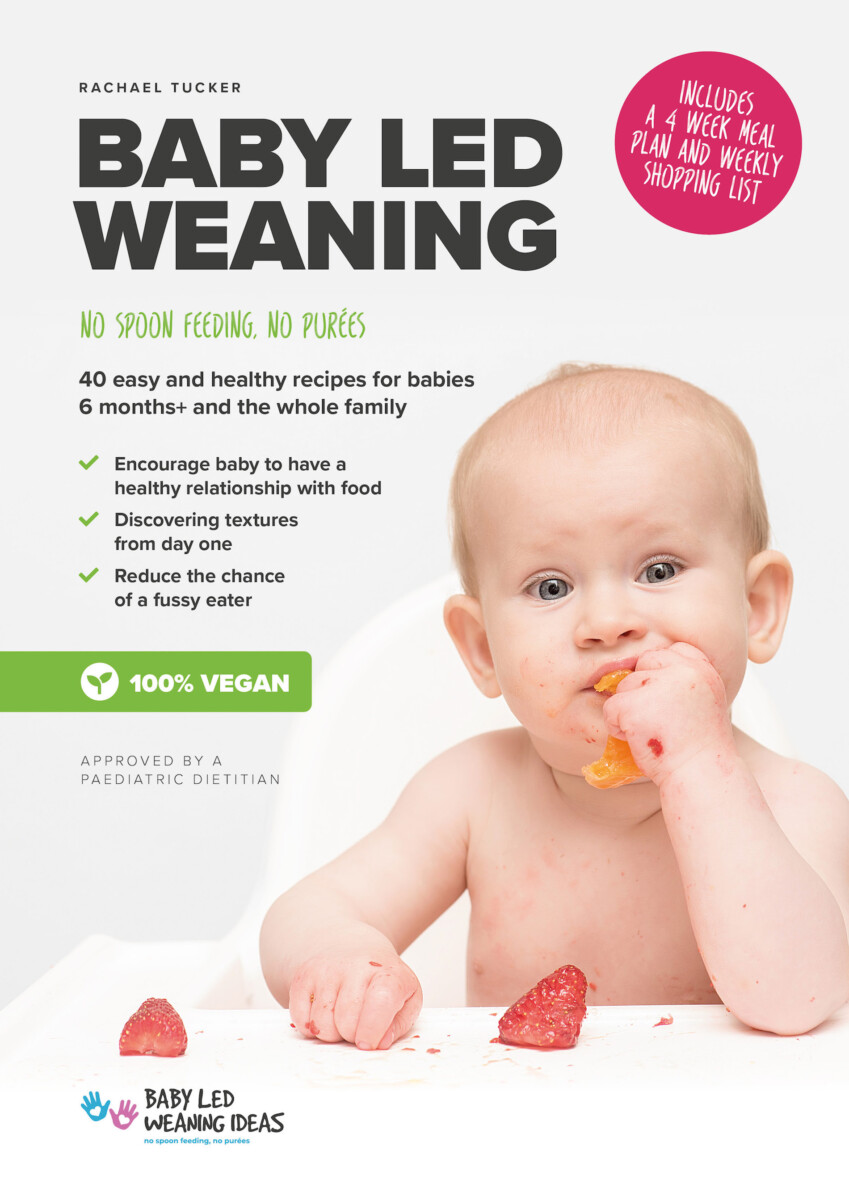Firstly anyone at anytime can choke on anything, all we can do is reduce the potential hazards that may lead to a choking incident. Please use common sense and offer foods that you as a care-giver feel comfortable in offering.
Please note: this short list of choking hazards may vary according to the Country you live in. Please check with your doctor or Country’s guidelines as to specific foods to avoid for your baby led weaner.
Avoid choking hazard
- Whole grapes: avoid until more skilled eater. Grapes must be cut into quarters (from stem top to bottom, not around the equator), progress to halves (cutting from top to bottom only) as baby progresses. (until approx 4 years old)
- Whole cherries, remove stone, and cut into quarters (until approx 4 years old)
- Cherry tomatoes must be cut long ways in quarters (until approx 4 years old)
- Whole nuts avoid (until 5 years old), try serving peanut butter or nut spreads/pastes or flours instead ie almond meal.
- Popcorn (avoided until at 5 years old)
- Avoid hard candy or hard lollies (no nutritional value in these)
- Raw jelly cubes can be a choking hazard for babies and young children. If you’re making jelly from raw jelly cubes, make sure you always follow the manufacturers’ instructions. (no nutritional value in these)
- If you give your baby a bottle, always hold the bottle and your baby while they’re feeding.
- Watch out for bony fish
- Cut off gristle on meats or anything that may contain hard pieces
- Round Sausages and hot dogs: Avoid or slice into rounds and quarter long ways
- Hard apple or raw carrot, can start offering once toddler is capable with more teeth/molars and parents are comfortable with their toddler’s capability in chewing foods, meanwhile raw apple and raw carrot should be cooked (steamed or baked) OR it can also be finely grated and mixed into moist foods ie yogurt or avocado.
- Any hard fruit or vegetables that can not be squished or based with ease using your thumb and index fingers. Tough skins can also make foods risky.
Many of these foods, such as round candy, grapes, marshmallows, and meat sticks/sausages, share the same high-risk physical characteristics that create effective plugs for the pediatric airway. (ref: AAP) This is why they should be avoided until older.
Behavioral factors may also affect a child’s risk for choking. High activity levels while eating, such as walking or running, talking, laughing, and eating quickly, may increase a child’s risk of choking.12 Child games that involve throwing food in the air and catching it in the mouth or stuffing large numbers of marshmallows or other food in the mouth also may increase the risk of choking. (ref: AAP)
Some tips for parents when their baby is starting solid foods:
- Do a first aid course for babies: this will boost your confidence and ease your nerves when starting out when offering food to baby.
- Always sit with your baby or watch your child when they are eating
- Stay relaxed and calm at meal times: bub will pick up any anxiety from you which will unease them.
- ALWAYS ensure baby is sitting up right: in a highchair or an inclined seat pram at meal times or upright on my lap. DO NOT feed baby laying down or in a car seat that reclines or a bouncer, laying back and not being upright could lead to choking.
- Ensure baby has full control of her food at all times: and don’t be tempted to place food or fingers into babies mouth as this could push food into the wrong direction and could potentially lead to a choking incident. Place food on the babies highchair tray or handing a piece of food to baby is ok, as long as she takes the control from there onwards.
- Watch baby when she eats at all times: especially if we hand her a piece of fruit or veg that has skin left on it for grip ie banana skin or avocado skin. We also downloaded this amazing first aid app called “baby and child first aid by british red cross”it’s free and always accessible on your phone in cause u forget what to do in case of any baby or toddler incident. Australia also follow the UK recommendations for choking, if u are from the US or other countries u may have different guidelines, there may be another app for u to be able to download & local first aid course u can go on!
- Avoid distractions: Discourage your child from walking, talking, watching television, lying down, or doing anything else while eating that might distract him/her from his meal.





